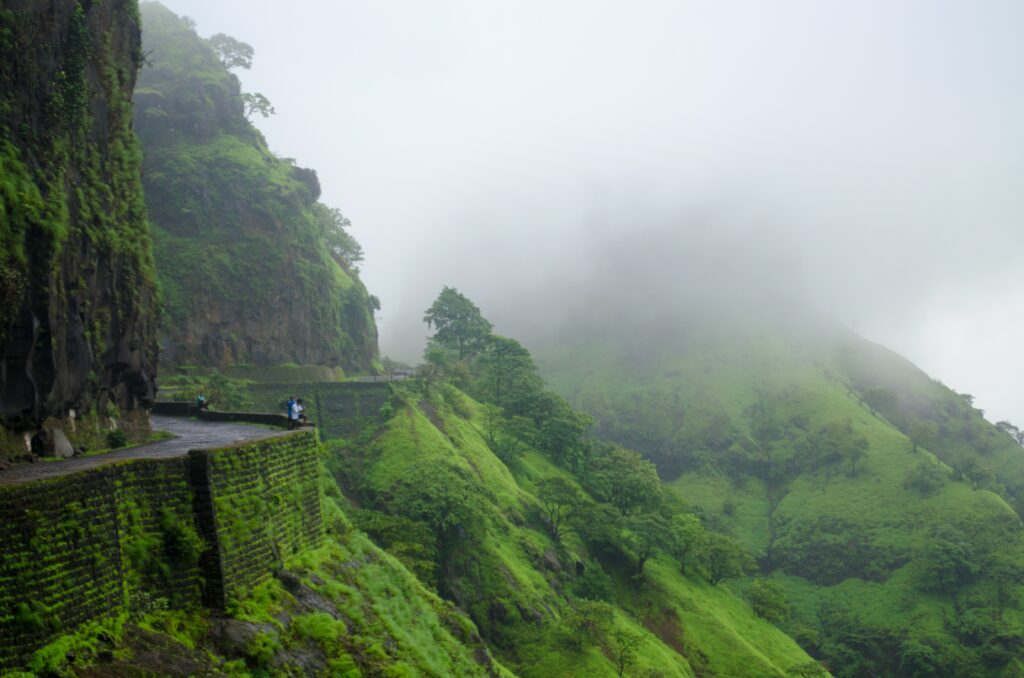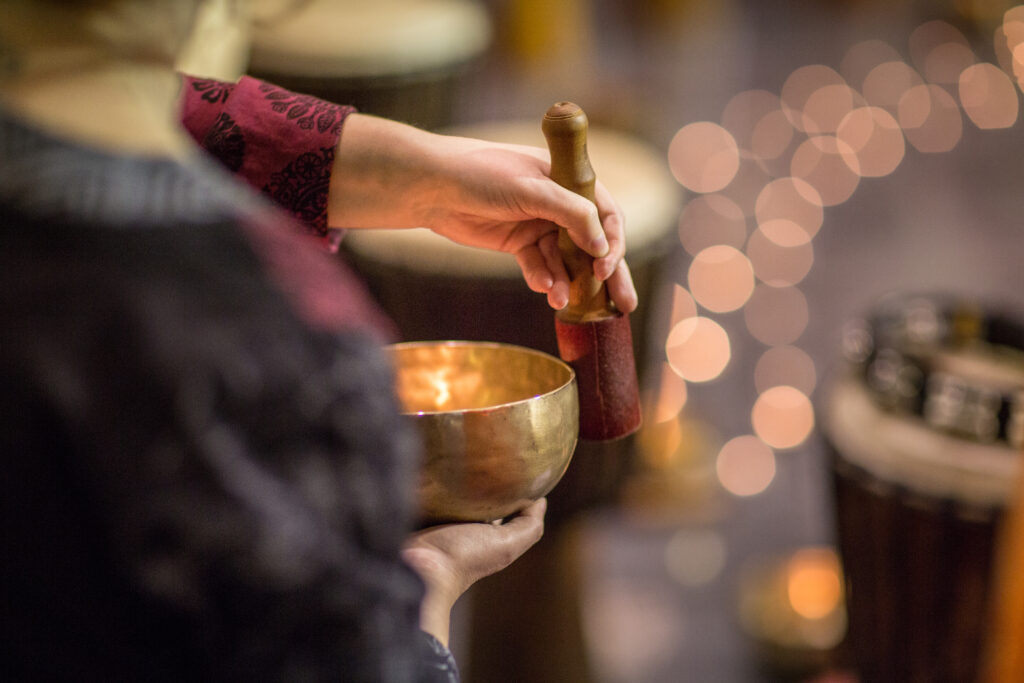Ayurveda, which comes from Sanskrit for knowledge of life, is an ancient Indian healing system that has evolved over more than two millennia and is still commonly practised around India and Nepal.
The primary beliefs of the system are that each person’s constitution is made up of three doshas: vata, pitta and Kapha, which are believed to dictate a person’s emotional and physical health. Ayurveda practitioners aim to help you find a balance between these doshas to ensure optimal health, through various techniques.
The most notable of Ayurvedic practises is panchakarma, which aims to cleanse the body of all unwanted waste and toxins. It is believed that the results of this technique will not only eliminate toxins, but improve health and wellness, boost the immune system, reverse the negative effects of stress on your body, such as ageing, and bring about a deep sense of well-being and relaxation.
The monsoon season has been considered the best time to practise Ayurveda since ancient times, with ancient practitioners believing the changes in the climate and weather allow a person to focus on restoring that essential balance between mind, body and spirit, and environment.

The spiritual symbolism of the monsoon season
From the beginning of time, rain has been seen by people all over the world as a blessing of the divine, restoring and replenishing the earth. In Hinduism, they consider it to be a gift from Indra, the God of rain and thunder, in return for the sacrifices made by humans year-round.
The monsoon season and the rain it brings is a symbol of new birth and new life where the world around becomes verdant and new greens glisten beneath raindrops creating an air of magic. As the rain silences the disquiet of daily life, and we are able to slow down, the rainy season, or Varshu Ritu, becomes a time of introspection, where nature supports us as we rejuvenate and restore our good health.

The soothing power of rain
Not only is rain a powerful symbol of rejuvenation, but it is also one of the most soothing sounds in the world. The pitter-pattering of the rain is like a gentle embrace, encouraging your mind to unwind, destress and relax into the almost bewitching sounds.
The humidity the rain brings also makes the body far more receptive to Ayurvedic treatments. As the skin softens and the pores open up, the body absorbs more of the healing oils used in Ayurvedic therapies, while steam baths and natural perspiration allow more toxins to be expelled through the pores.
The humidity even relaxes the muscles and increases flexibility so Ayurvedic yoga exercises are far easier- this makes the monsoon season particularly beneficial for yoga beginners.

Benefits of a cooler climate
The climate becomes considerably cooler during the monsoon season, as the rain refreshes the air and washes away the dust. Banishing the stress and irritation wrought by intense heat and dusty air will make you more comfortable as you undergo your Ayurvedic journey.

Time to focus on your healing
When your priority is to unwind and achieve that oh-so-important inner balance, any distractions will slow the process down considerably. This makes the monsoon season the perfect time to focus all our attention on Ayurveda. Frequent rainfall slows the outside world down, limits other activities and encourages us to stay indoors and focus on our inner balance. It also means our bodies are under far less physical exertion and strain, allowing them to rest and recover and become more open to the treatments.
Why monsoon is the best time for an Ayurveda retreat image credits: tibetan sound bowls by lightpoet; woman catching rain drops by sun ok; misty mountains during monsoon season by Satyan Chawla; water falling onto rooftop by I ManuJames.





